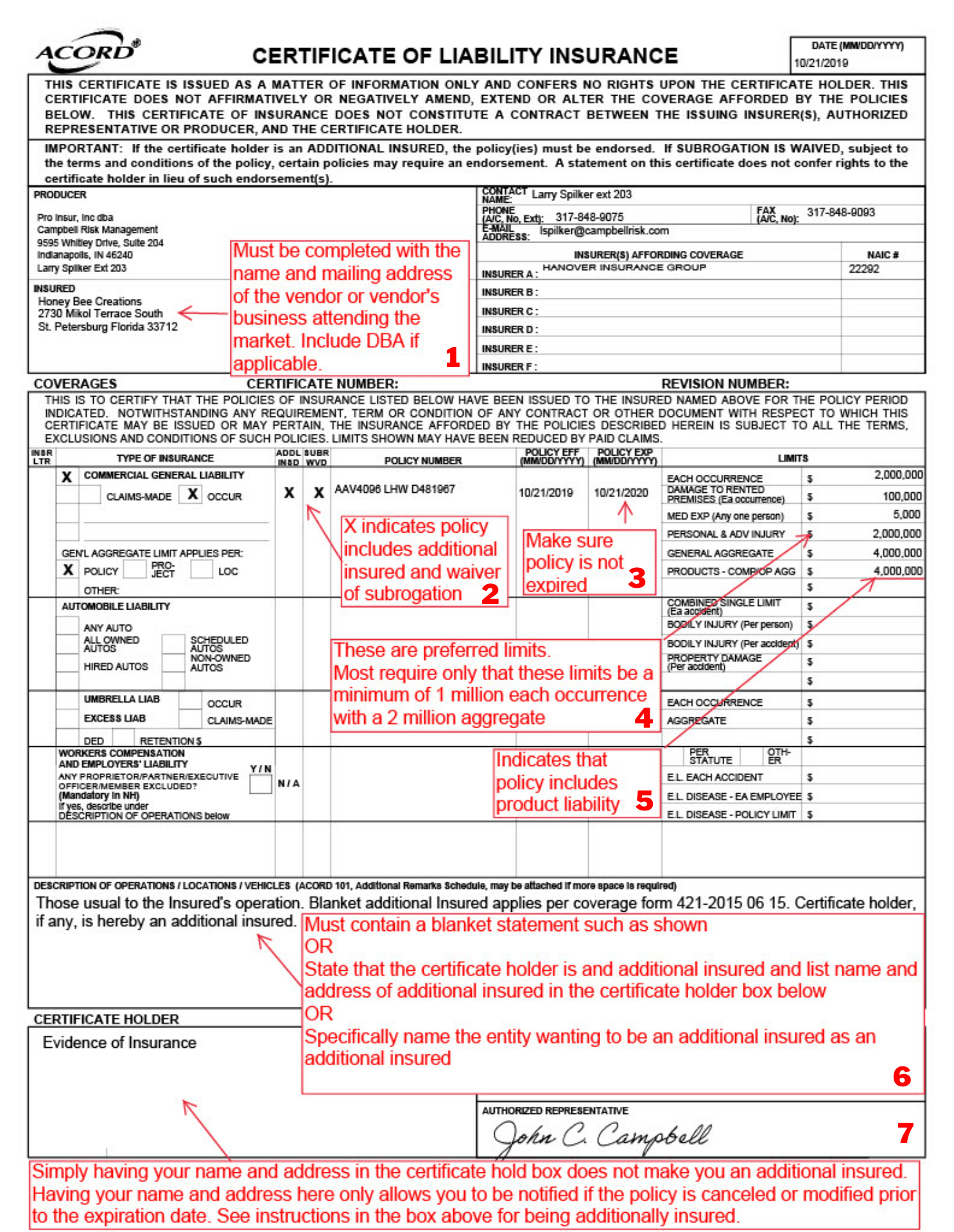More About How Much Does It Cost To Go To The Dentist Without Insurance
A person with a low-deductible strategy, on the other hand, will likely have a higher premium but a lower deductible. High-deductible insurance coverage plans work well for individuals who prepare for extremely few medical costs. You may pay less money by having low premiums and a deductible you hardly ever require. Low-deductible strategies benefit individuals with chronic conditions or families who prepare for the requirement for a number of journeys to the doctor each year.
The response to this concern depends mainly on how many individuals you are guaranteeing, how active you are, and how numerous medical professional check outs you anticipate in a year. A high-deductible strategy is fantastic for people who seldom check out the medical professional and wants to restrict their month-to-month expenditures. If you pick a high-deductible strategy, you ought to be proficient at saving cash so that you are prepared to pay any medical costs in advance.
These strategies are likewise a great choice for an individual with a persistent medical condition. Planned gos to such as well gos to, check-ups on persistent conditions, or prepared for emergency situation needs can quickly build up if you are on a high-deductible plan. A low-deductible strategy lets you better handle your out-of-pocket expenditures.
Lots of business use one-on-one assistance counseling to help you comprehend your choices, weigh your risks, and select a plan that's right for you.
A high deductible health insurance (HDHP) has lower month-to-month premiums and a greater deductible than other medical insurance plans. For 2020, the Irs (IRS) defines an HDHP as one with a deductible of $1,400 or more for an individual or $2,800 or more for a family. Discover the characteristics of an HDHP and its prospective advantages and drawbacks compared with other medical insurance alternatives.
But as the name recommends, the deductibles are greater than those for a traditional strategy, and you will require to settle your considerable yearly deductible prior to your insurance company will begin paying for any of your health expenses. An employer-sponsored HDHP may be coupled with a health savings account (HSA) or health compensation arrangement (HRA).
However, HSA funds usually can not be utilized to pay for medical insurance premiums. Companies may likewise contribute to a worker's HSA. Only employees with an HDHP can take part in an HSA. An HRA is moneyed by a company to enable employees to pay themselves backwith tax-free moneyfor medical costs they've incurred.
The Basic Principles Of How Much Does Motorcycle Insurance Cost

HRA funds may sometimes be utilized to spend for medical insurance premiums. Cash in an HSA or HRA can be rolled over and used in a subsequent year. The deductibles for an HDHP are frequently greater than the minimums of $1,400 (person) and $2,800 (household). They may be as high as the maximum out-of-pocket (OOP) expenses, which are $6,900 for a specific and $13,800 for a family in 2020.
All strategies bought through an Affordable Care Act (ACA) Market and a lot of plans acquired through other means are required to cover specific preventive services at an in-network provider regardless of how much of your deductible you've paid - how much is flood insurance in florida. HealthCare. gov provides lists of those covered preventive services for adults of both sexes and those specifically for women and kids.
The preliminary list of preventive services was launched in 2004, and additional services were included 2019. If you are healthy, don't go to the physician frequently, and do not have a big family, an HDHP might be the most affordable type of medical insurance plan for you. If you do not have a current medical condition, you might not need to pay too numerous medical costs during a given year and you might find an HDHP works for you.
It's not always possible, however if you pick to acquire an HDHP (and with some companies, this might be your only option), you should preferably have sufficient cash on hand to cover your deductible and other OOP expenses. The apparent disadvantage to an HDHP is that you are accountable for settling your high deductible while also paying your regular monthly premiums, which, although likely lower than those for standard insurance plans, may not be easily economical.
The average lowest-cost, bronze-level, monthly premium for a 40-year-old is $331 in 2020. Some individuals with an HDHP hold off or forgo required medical treatment due to the fact that they don't have the cash to spend for it and they have not paid off their deductible. In a survey performed by the Kaiser Family Structure that was reported in June 2019, half of adults stated either they or a member of the family had actually postponed or gone without medical care (consisting of oral care) due to the fact that they could not manage the expense.
A high deductible health insurance has lower monthly premiums and a higher deductible than other plans. For 2020, the Internal Revenue Service defines an HDHP as one with a deductible of $1,400 or more for a private or $2,800 or more for a family. A health savings account or health repayment plan can assist you cover the costs of healthcare.
Lots of or all of the items included here are from our partners who compensate us. This may affect which products we blog about and where and how the product appears on a page. However, this does not influence our assessments. Our viewpoints are our own. If you're https://articlescad.com/the-definitive-guide-for-how-long-can-a-child-stay-on-parents-health-insurance-265060.html deciding between a low- and a high-deductible health insurance (HDHP), there's more to consider than deductibles and month-to-month premiums.
How Much Does It Cost To Go To The Dentist Without Insurance - Questions

The logic is that if you're accountable for medical costs upfront, you'll do a little bit more work to find lower-cost suppliers cutting costs for you and your insurance company. That hasn't worked out for the majority of people. Although consumers with HDHPs do tend to decrease costs, they do so by avoiding out on care, according to the Urban Institute.
Whether you choose a strategy with a low or high deductible, don't do so at the cost of your health. Here's what you must think about when selecting in between a low- and high-deductible health insurance. Initially, let's brush up on some standard medical insurance terms. Understanding these will help you comprehend the difference between plan types and make a much better decision.
The amount you have to pay in advance for your healthcare, with the exception of some free preventive care, prior to insurance starts. After you satisfy your deductible, your insurer begins paying a larger portion of charges. A cap on just how much you'll have to invest for medical care in a year, not consisting of premiums, so long as you remain within your insurance coverage network.
Deductible amounts are the obvious distinction in between low- and high-deductible health strategies. Lots of high-deductible health insurance, especially those with the most affordable premiums, have deductibles near to their out-of-pocket limits, often $5,000 or more. Premium costs differ, but plans with higher deductibles tend to have lower monthly premiums than those with lower deductibles.
Only individuals with qualifying HDHPs are eligible to open and add to HSAs. HSAs are tax-advantaged, indicating that you can direct funds from your paycheck into an HSA pretax, or you can include the cash post-tax and subtract taxes later. A company may likewise add to your HSA. HSA money makes interest, can be invested in stocks or shared funds, and spent on any qualifying medical cost, as defined by the Internal Revenue Service.
